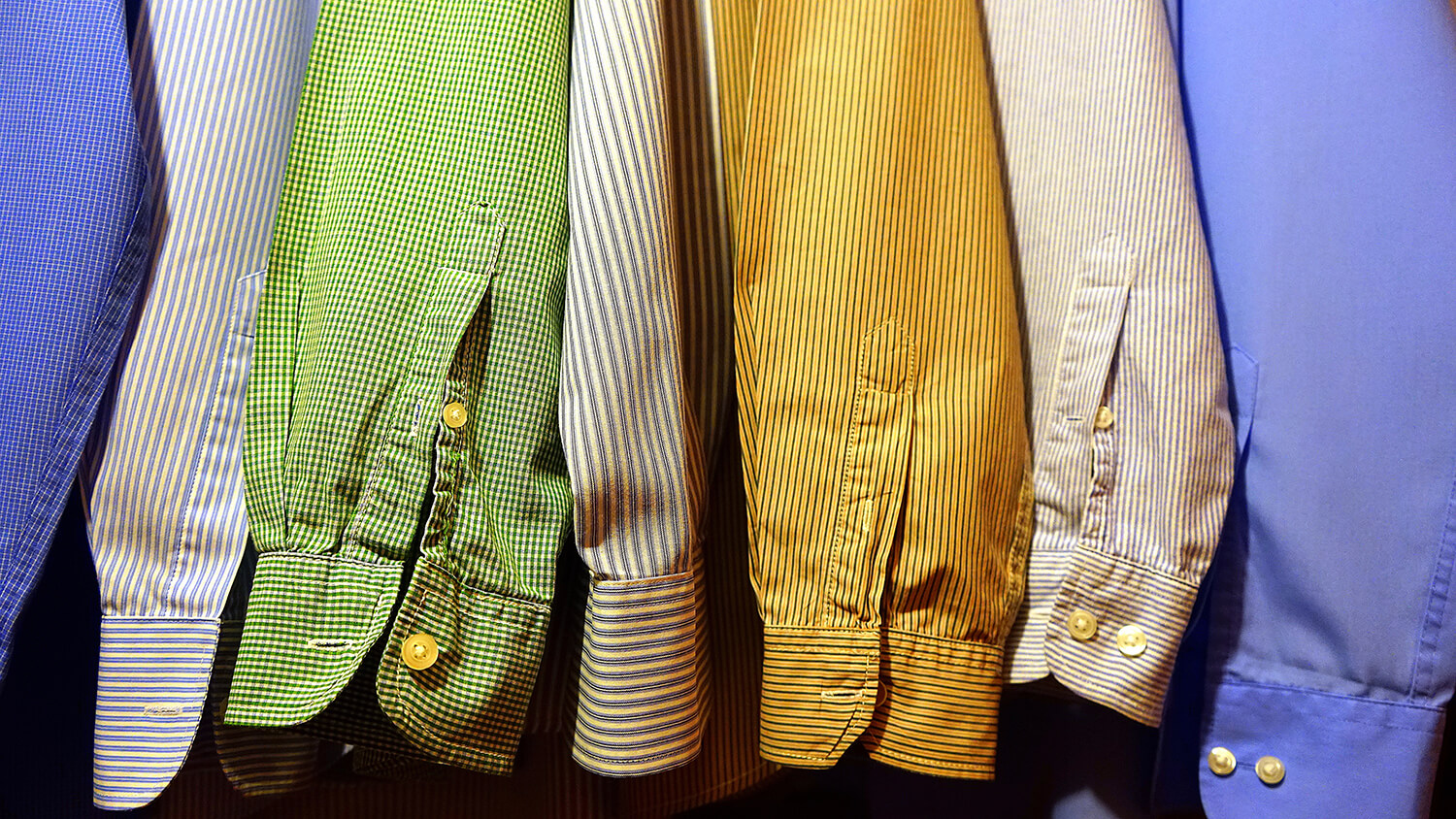You may not think of your bedroom as being a hotbed for waste... but, if you don't take the right steps when you're planning purchases or having a big spring clean, it can be.
- We each buy, on average, 27kg of new clothing and other textiles annually.
- Australians throw away 6,000 kilograms of fashion and textile waste every 10 minutes – that’s about the same weight as six blue whales, the largest animal known to have ever existed, every hour.
- Only 15% of all clothing donated makes it to the racks of your local op shop.
Have you ever asked yourself if you really need that new dress, shirt or pair of shoes before heading to the counter? When it comes to textiles, Australians consume twice the global average of just 13 kilograms per person per year, so the answer is most likely no.
What’s the big problem?
Cheap clothing, or ‘fast fashion’, might be appealing – but it’s also an environmental disaster.
Synthetic fibres which include polyester and nylon, aren’t biodegradable. When they end up in landfill they can take hundreds of years to break down and also shed thousands of plastic particles which enter our water supply.
Clothing production also puts a big drain on our resources - for example, it takes some 2,700 litres of water and more than 120 days to grow enough cotton to make a t-shirt.
What can you do?
The style mantra ‘less is more’ really applies to clothing purchases. Look for quality and consider the longevity of each and every item you purchase.
Buy only what you need; give items a new life by buying secondhand or passing on clothes to others (and don’t justify new purchases on the back of dropping unloved items off at the local op shop – due to quality issues most of these don’t actually make it onto the racks, they’ll still be making their way to landfill!); and embrace the art of maintenance.
Clothes in good quality may find another life through local charities and their network of op shops or be transformed into industrial rags or sent to developing countries; get in touch with your local women’s refuge or pet shelters to see if your towels and other manchester may have an extended life, or you could even compost products made of natural fibres like cotton, silk, hemp and bamboo at home!
- Around 150,000 mattresses are sent to landfill in the Perth metropolitan area each year – that’s the equivalent of 44 Olympic swimming pools.
- Around 75% of a mattress can be recycled - most mattresses contain about 12.5kg of steel, 2kg if wood and 1.5kg of foam. The components next life could include roof sheeting, carpet underlay, weed matting, mulch and kindling.
What’s the big problem?
Big is the perfect word here – mattresses take up a lot of space in landfill. Space we certainly shouldn't provide to something that has so many recyclable components!
What can be done?
If you need to update your mattress then make sure you recycle your old one – either through your council’s verge side collection program (if they accept them, be sure to check!) or via one of the private businesses, such as Soft Landing, who recycle mattresses for a small fee (approximately $25-50).
Get inspired or delve deeper into the world of reducing, reusing and recycling.
